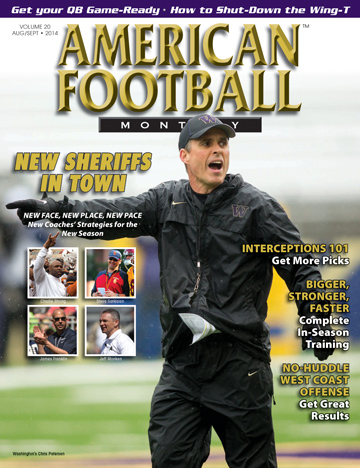Article CategoriesAFM Magazine
|
Speed Assistance and Resistance - Good or Bad for Football?by: Dale BaskettFootball Speed Specialist © More from this issue Since speed and movement and movement control are the most sought-after athletic qualities, coaches and trainers are always looking for ways to help athletes improve in these areas. Let’s look at the topic of loading and assisting and try to sort out the good from the not so good. Coaches constantly ask me about load speed work and assisted speed work. For football, it’s a controversial subject. First, coaches place too much value on it and, in most cases, use it improperly. Often, coaches will overload the athlete beyond effectiveness and pay little attention to the mechanical effectiveness in the process. In this way, more harm than good is accomplished. The reason is clear why this occurs. Coaches must understand that certain skill functions must be applied before this becomes an important issue. The emphasi....The full article can only be seen by subscribers.
|
|
|||||||
| HOME |
MAGAZINE |
SUBSCRIBE | ONLINE COLUMNISTS | COACHING VIDEOS |
Copyright 2025, AmericanFootballMonthly.com
All Rights Reserved





